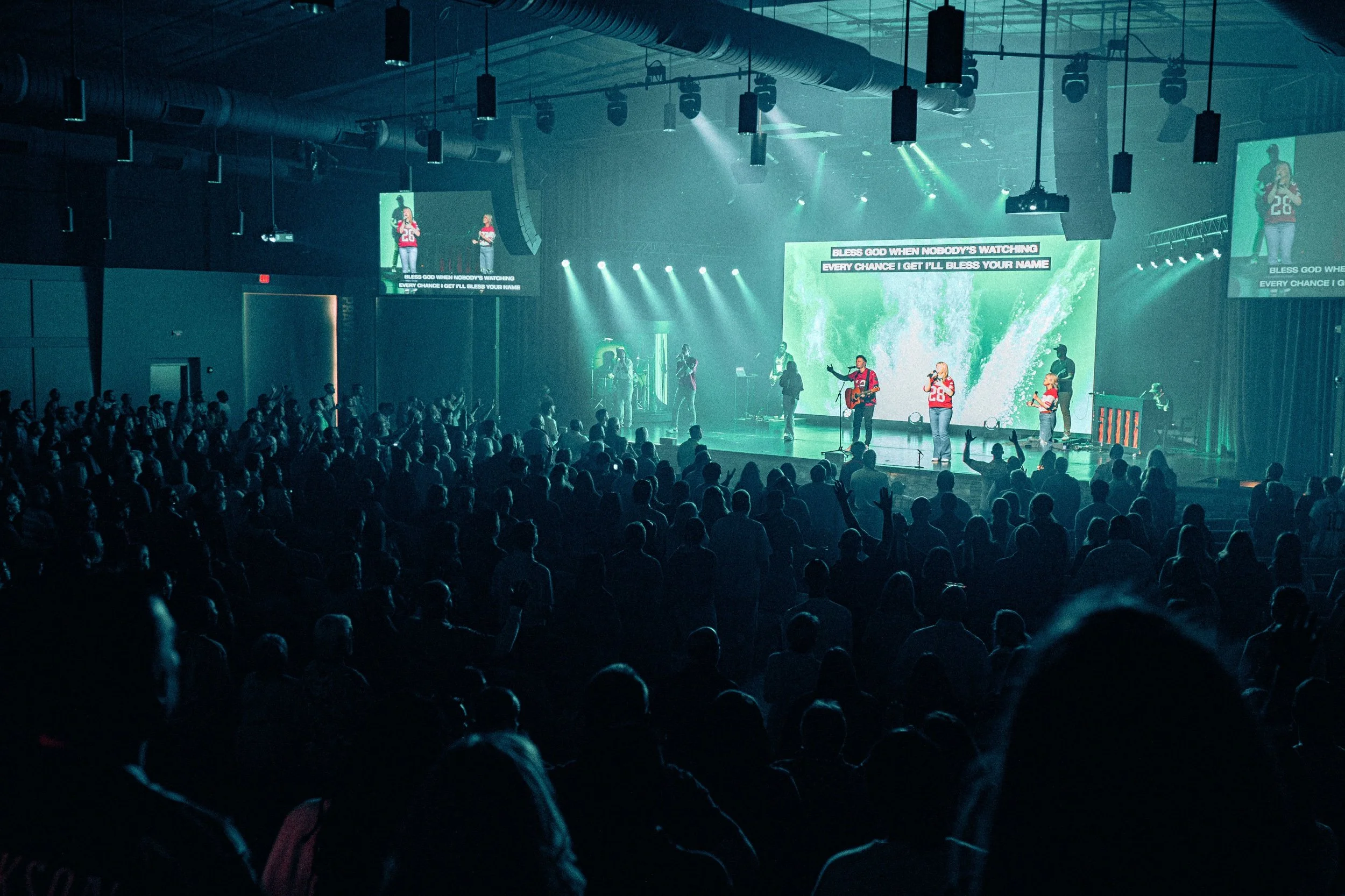Worry has a way of creeping in quietly and then refusing to leave. It keeps you up at night, weighs you down during the day, and makes even simple moments feel heavy. I know the feeling all too well. But in the middle of the chaos, I’ve learned something simple but powerful: worship can shift everything! It turns my focus from what's falling apart to the One who holds it all together. It doesn't erase the anxiety…but it reminds me I don’t have to face it alone.
Here are three ways you can turn worry into worship:
1. Surrender Your Anxiety In Prayer
One of the most powerful things you can do with your anxiety is to pray it out. Talk to God about your worries…every single one. Prayer takes the weight off our shoulders and places it into the hands of the One who can actually carry it.
God never intended for us to carry our burdens alone. In fact, He’s already promised us: "I will never leave you nor forsake you” (Deuteronomy 31:6). When we worship through prayer, we remind our hearts that God is near, and that His presence is stronger than our fear.
2. Find Comfort in Scripture
Worship also means opening up the Word of God. Scripture is more than inspirational quotes…it’s the living, breathing voice of God speaking directly into our situations. I can’t count the number of times God has met me in a quiet moment with a verse that felt written just for me.
When anxiety creeps in, spend time in passages like Philippians 4:6–7:
“Do not be anxious about anything, but in every situation, by prayer and petition, with thanksgiving, present your requests to God. And the peace of God, which transcends all understanding, will guard your hearts and your minds in Christ Jesus.”
God’s Word doesn’t ignore our pain…it anchors us in the truth that we are not alone and we are not forgotten.
3. Praise God Through Worship Music
There’s something powerful about lifting your voice in praise…even when you don’t feel like it. Worship music helps re-center our hearts. When we sing about God’s faithfulness, His strength, and His love, something happens inside us. It’s like we’re reminded, Oh right...God is bigger than this.
Psalm 33:1–3 invites us to praise with joy. Psalm 47:2 reminds us that “The Lord Most High is awesome, the great King over all the earth.” When we fix our eyes on Him, our problems begin to shrink in comparison to His greatness.
Whether it’s singing in the congregation on Sunday, a worship playlist in your car, or a simple melody being sung as you get ready for your day—music invites us to step into God's presence and let peace reign.
Anxiety may not disappear overnight, but worship gives it a place to go. It gives us a path to walk through the fear, not alone but with God beside us. Worship is more than music or prayer…it's the act of turning our eyes from the weight of the world to the hope we have in Christ.
So the next time anxiety knocks at your door, don’t just sit with it….sing through it. Open your Bible. Lift your voice. Offer your heart. And watch as worry turns into worship, and worship leads to peace.
